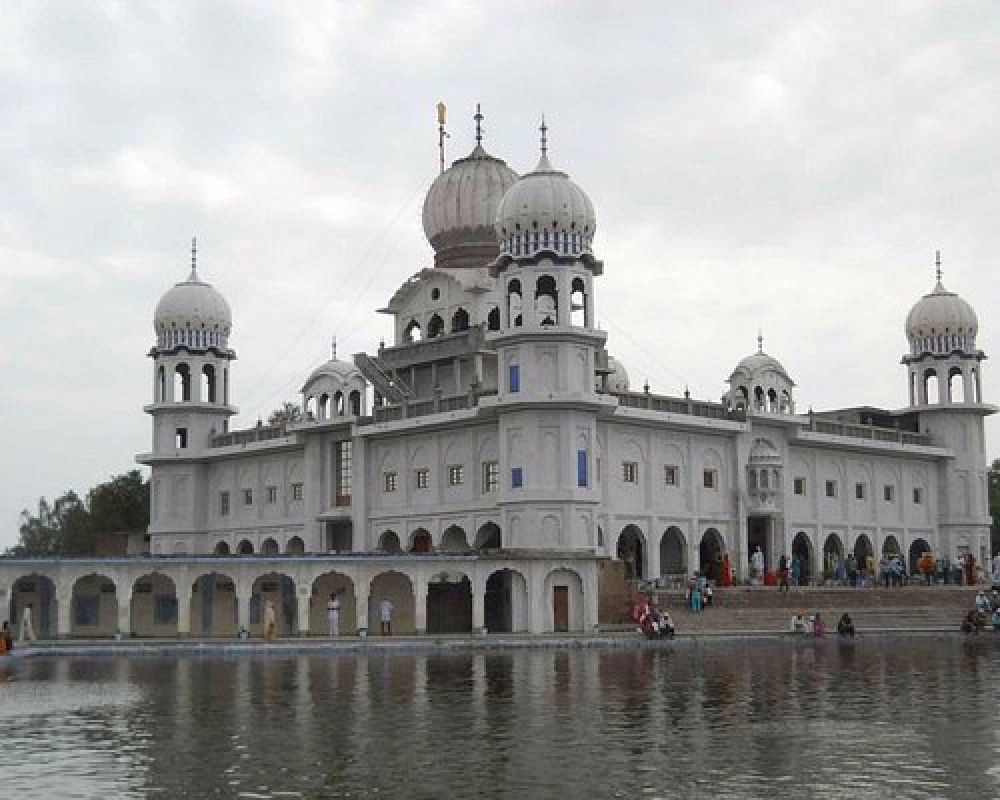

Ambala, a city in the state of Haryana, India, is an area steeped in history and cultural heritage. While it may not rank as a top tourist destination like some of its more illustrious neighbors, it has a charm and historical significance that have attracted travelers for many years.
The history of tourism in Ambala is intertwined with its strategic military importance and its role as a hub of trade. Historically, Ambala played a significant part during the British colonial era, serving as the location for a large British cantonment. This cantonment attracted a number of British personnel and their families, contributing to the area’s development and its relationship with tourism.
Traditionally, tourism in Ambala developed around its religious sites, military cantonment, and its vibrant cloth market. The religious sites, including various temples and Gurudwaras, attract pilgrims from across the country. The famous 'Ambala Cantt' is known for its historical value and still maintains several colonial-era structures and a military environment which is of interest to those passionate about history and military affairs.
In recent years, Ambala has seen a shift in tourism trends. While it still remains a spot of pilgramage and historical interest, there has been a growing inclination towards experiential and ecotourism. People are becoming more interested in the rural backdrop of Ambala, its traditional Punjabi lifestyle, and authentic culinary experiences.
To support the growing interest in the historical and cultural aspects of Ambala, there have been efforts to improve the tourism infrastructure. The establishment of better hotels, enhancement of connectivity with other parts of Haryana through better roads and the development of tourist information centers have greatly contributed to the rise in tourist numbers.
Ambala's diverse heritage, from its religious sites to its cantonment and markets, make it a unique location on India's tourist map. Despite not being a traditional tourism hotspot, it has adapted with changing trends and continued to draw visitors with its unique blend of history, culture, and nature. Moving forward, it is likely that Ambala will continue to embrace its roots while adapting to cater to a broader array of modern-day tourists.